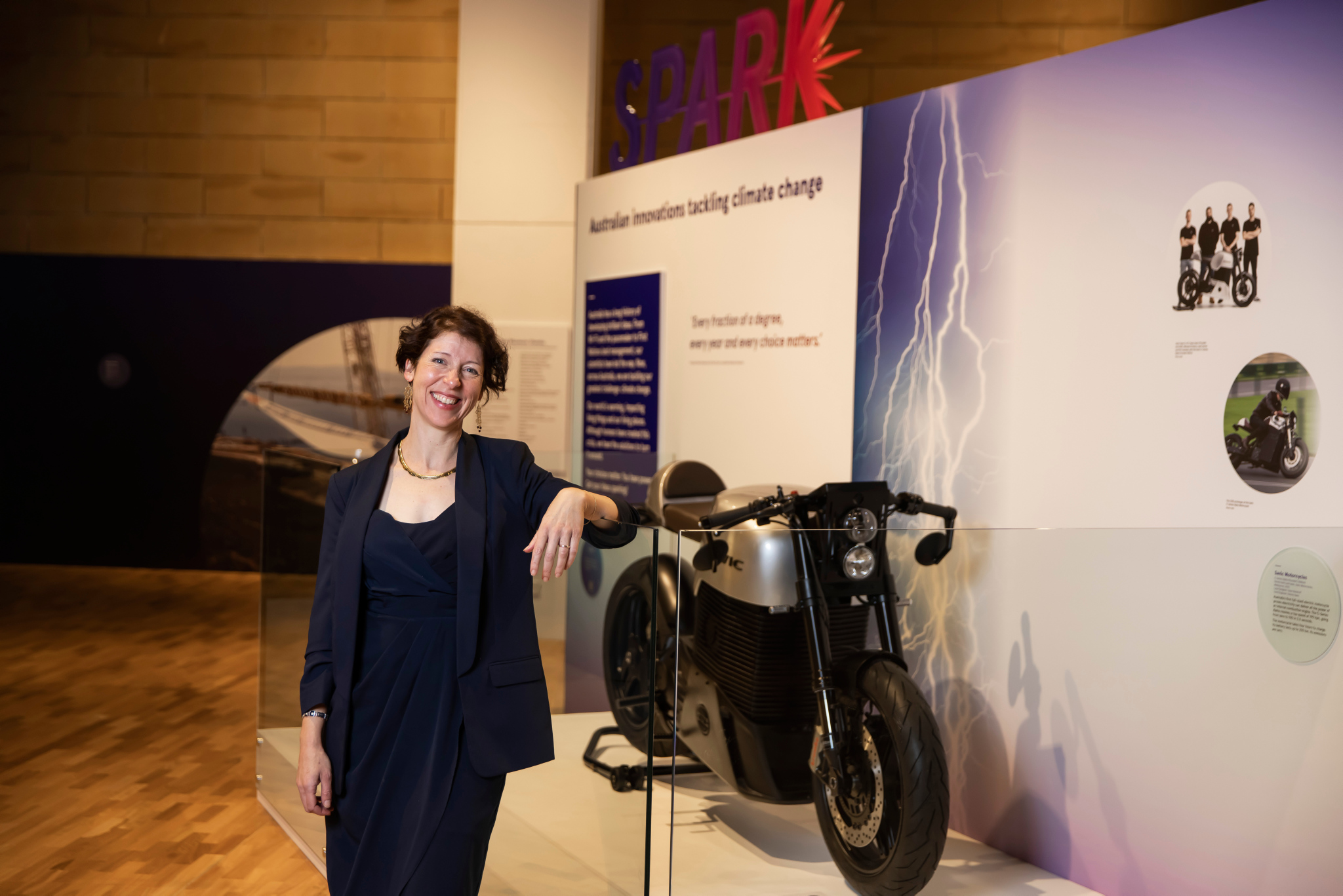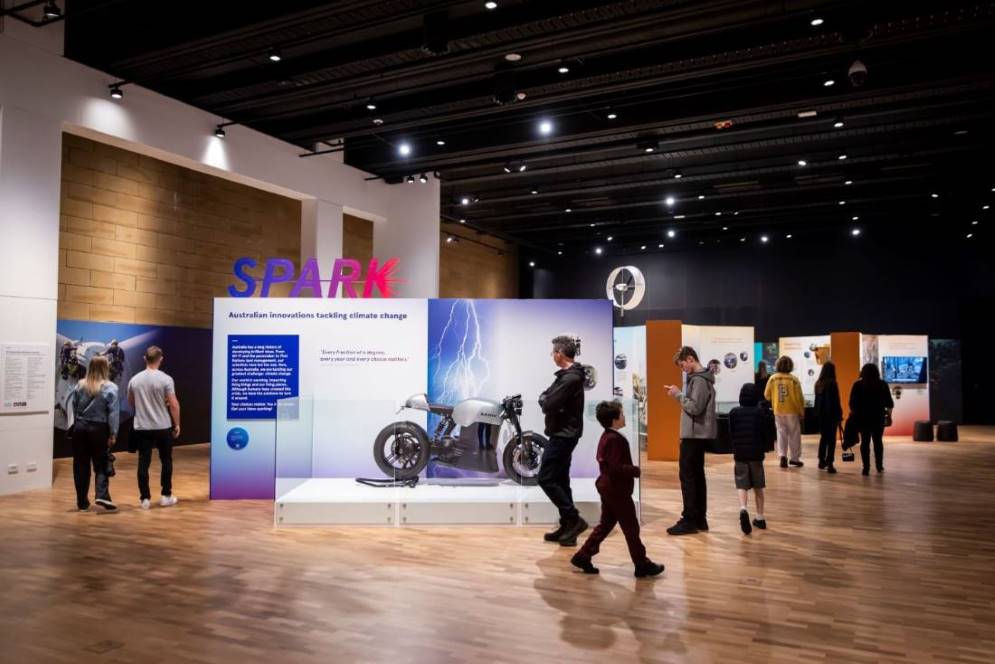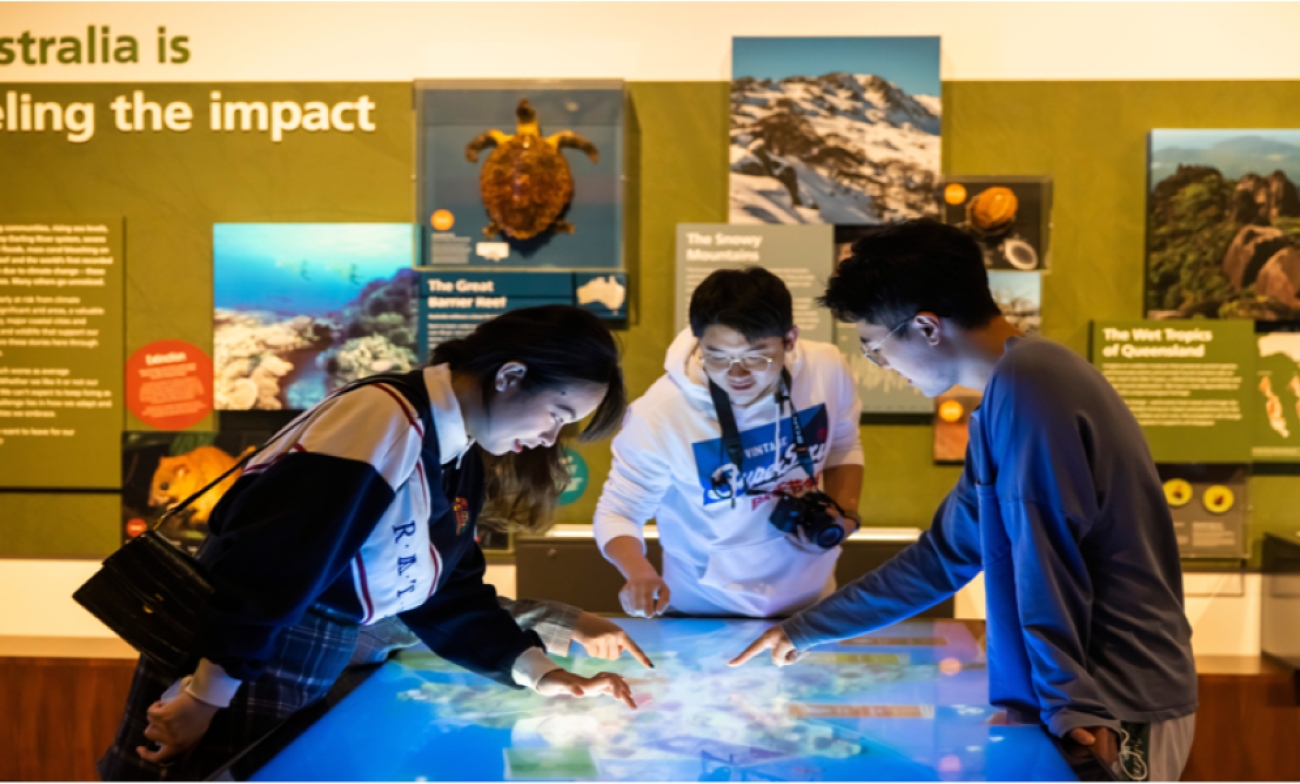Mark Bibby Jackson is with Jenny Newell, Manager of Climate Change Projects at the Australian Museum in Sydney, winner of the Climate smART Award.
In April this year the Australian Museum in Sydney scooped the auspicious 2022 Climate smART Award at the Annual Awards Ceremony of the Leading Cultural Destinations (LCD) in Berlin. The award was granted by a jury of travel and tourism thought leaders as well as sustainability experts.
SUNx Malta has partnered with LCD since 2017 to present the Climate SmART Award. The last winner in 2020 was the Klima Haus Bremerhaven 8° Ost in Germany. In claiming this year’s award the Australian Museum held off stiff competition from the Klimahuset Oslo Natural History Museum (Oslo, Norway), and Hveragerði’s LÁ Art Gallery (Hveragerði, Iceland) for ‘Norðrið’.
“It’s not just about reducing emissions,” says Dr Newell, “it’s about collaborations.” This she feels is one of the “wonderful things about the museum world” – the way that different institutions can work together, sharing experiences and even exhibitions. She also convenes the Museums and Climate Change Network.
However, Dr Newell is most conscious that at the moment institutions such as the Australian Museum are learning all the time about the needs of the public in order to address them. Audience research, both qualitative and quantitative, are useful tools.

Australian Museum Programmes
The Australian Museum has a series of permanent and temporary exhibitions, including “Changing Climate” which depicts the impacts of climate change in Australia, highlights solutions and presents a series of reflections from people with particular perspectives on climate change - a farmer, doctor, community leader, coral reef researcher and others.
“Capturing Climate Change” is an online exhibition to which people can upload their own photographs, in addition to some guest-curated segments.
‘Spark” was a temporary exhibition and virtual tour highlighting 10 top Australian innovations tackling climate change; from Australia’s first electric motorbike to flexible, printed solar panels, a microalgae bioreactor, videos of conservation volunteers and experts in cultural burning, a model of a regenerative farm, and more.
Future Projects
From July the museum will tour Australia with the pop-up “Future Now”’ exhibition, featuring three dioramas of sustainable landscapes, aimed at engaging those people who feel that they have other priorities than climate change. The exhibition will be on display in public places, such as shopping malls.
Dr Newell believes that it is important to ensure that the messaging is positive. While it is vital to identify how serious the issue of climate change is we also need to discuss what people can actually do to address this.
Part of the project is aimed at getting feedback from the public about which questions most concern them. “If you could ask an expert a question about climate change what would it be?” she suggests. The museum hopes to develop as a platform for communities to share their climate stories and experiences. Another related project in the pipeline is developing a climate trail through Sydney.
Learning from First Nations People
In addressing the challenges of climate change we can all learn much from the knowledge of First Nations People. “We need to realise we are part of nature,”
Dr Newell says. “To tackle climate change we need to take care of nature, and to do this we need to learn from First Nations’ knowledge and stewardship.”
The Australian Museum has space devoted to First Nations knowledge, such as the part of the ‘Spark’ exhibition that focused on cultural burning
Getting Its Own House in Order
In order to reduce its own carbon footprint the museum has a Sustainability Action Plan. The next plan, about to be published, includes climate audience research and climate communications.
The museum is the first in Australia to be carbon neutral, having changed its energy and waste management, as well as introducing solar panels, and aiming to electrifying at least some of its fleet soon. Currently, part of its carbon neutrality is achieved through offsetting; while this is supporting important ecosystem regeneration projects, there are plans for the museum to eventually become carbon positive.
Getting the Message Out There
Finally Dr Newell believes that the creative side of the museum is as important as its educational component. Hopefully this Award will help them do just that.


